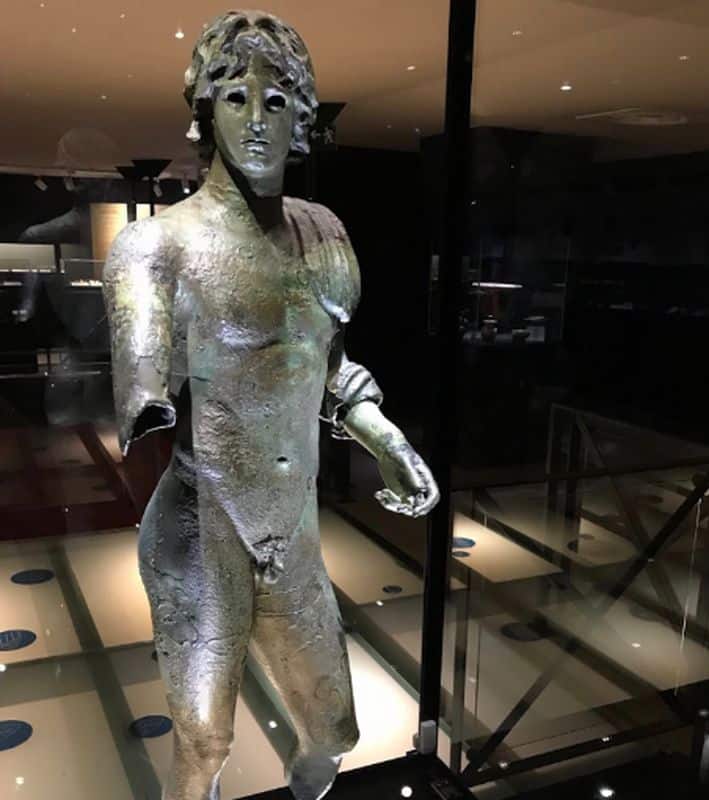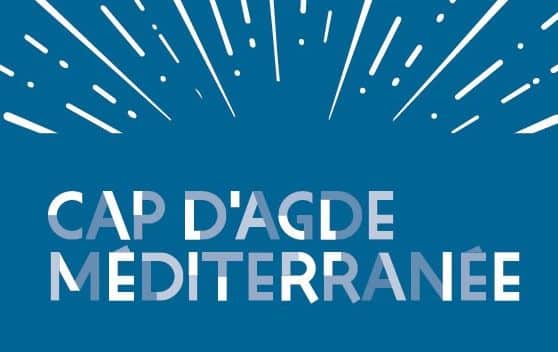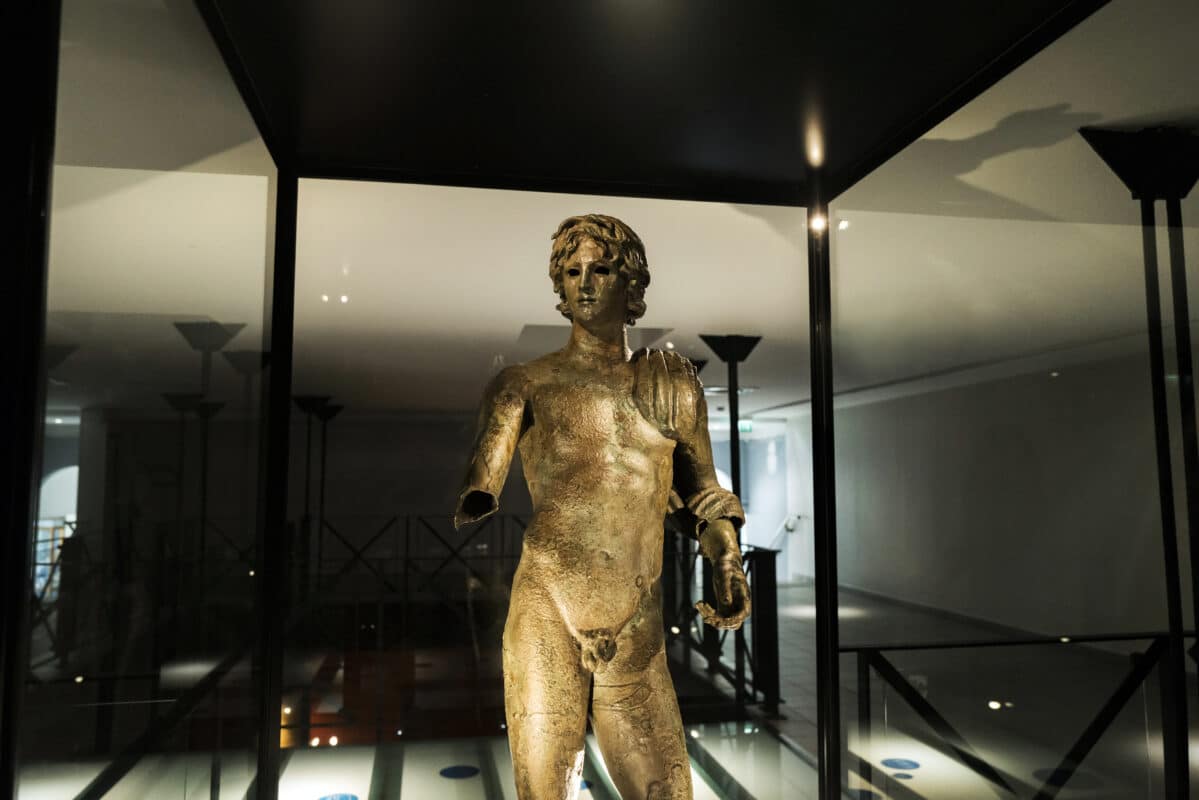The “Ephèbe” is the centrepiece of the collections of the museum but also the symbol of the town of Agde.
Once upon a time…
It was discovered by chance in September 1964 on the bed of the river Hérault facing the Cathedral of Agde, by Jacky Fanjaud, a diver of the GRASPA (Groupe de Recherches Archéologiques Sous-marines et de Plongée d’Agde). In poor condition, with a leg and an arm missing, the Youth was immediately sent for restoration in specialised laboratories in Marseille and Lorraine and was installed at the Louvre where it remained for 20 years.
The statue is indeed exceptional: it is the only Hellenistic bronze statue found in situ, in French waters. The Youth returned to Agde in June 1987 for the inauguration of the museum which bears its name (Musée de l’Ephèbe), after a long battle in which the people of Agde fought to have it returned to the town where it was discovered.
Who are you?
The statue depicts a handsome Greek youth, in the posture of heroic nudity. The reasons for its presence in the riverbed remain unclear, just like the time that it spent there. More than just a simple young man doing sport, in reality it is a depiction of Alexander the Great, the famous king of Macedonia.
This appealing theory was confirmed by comparative studies with other ancient depictions of Alexander, created by the sculptor Lysippus of Sicyon, the official portraitist of the royal family of Macedonia. The collection of work evokes the style of the sculptor: the attitude, the proportions, but above all the hairstyle and a certain melancholy air in the features. A text by Plutarch explains how Lysippus carved the depictions of Alexander: the neck lightly tilted towards the left shoulder, the gaze lifted and with a certain softness of features, and this way of wearing the coat which is in keeping with the Macedonian military clothing.



